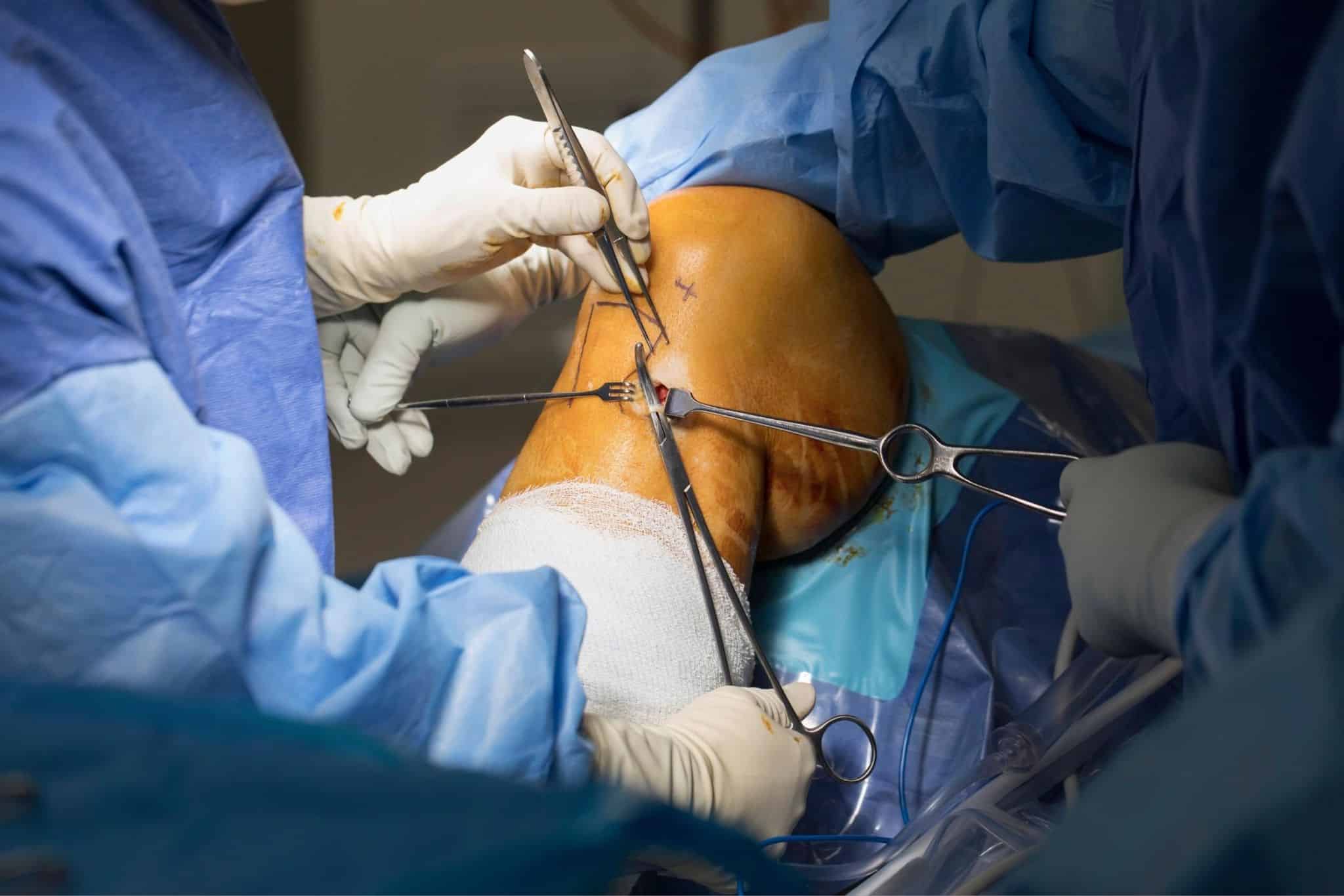ACL reconstruction is a surgical procedure performed to repair a torn anterior cruciate ligament (ACL) in the knee. The recovery time for ACL reconstruction varies depending on several factors, including the individual’s overall health, the extent of the injury, the surgical technique used, and the rehabilitation protocol followed. It’s important to note that while I strive to provide accurate and up-to-date information, consulting with a medical professional is essential for personalized advice.
Immediately after ACL reconstruction, the initial healing process begins. In the first few days, the body starts to form a blood clot at the surgical site, which is eventually replaced by scar tissue. During this period, it is crucial to follow the surgeon’s guidelines regarding wound care, pain management, and weight-bearing restrictions.
The initial phase of recovery typically involves the use of crutches and a knee brace, which may be recommended to protect the knee joint and facilitate early mobility. Physical therapy usually starts within a few days or weeks after surgery, focusing on reducing swelling, restoring range of motion, and regaining strength in the surrounding muscles.
Over the next few weeks and months, the rehabilitation program becomes more intensive, aiming to improve stability, proprioception, and functional strength. Physical therapy exercises typically include a combination of stretching, strengthening, balance training, and cardiovascular conditioning. The specific exercises and progression will be tailored to each individual’s needs and progress.
In general, it takes several months to achieve a satisfactory recovery following ACL reconstruction. However, it can take up to 6 to 12 months or longer for a full recovery, depending on the individual and the nature of the activities they wish to resume. It is important to note that while the ligament may heal within this timeframe, achieving optimal strength and function may take additional time.
Return to sports or high-impact activities is typically delayed until the reconstructed ACL has fully healed and regained sufficient strength. Athletes may require additional time for sport-specific training, conditioning, and confidence-building before returning to competitive play. The timing of return to activity should be determined by the treating physician or orthopedic surgeon in conjunction with the physical therapist, considering the individual’s progress and any associated factors such as graft choice, healing response, and overall knee stability.
It is crucial to emphasize that every person’s recovery timeline can vary, and individual factors play a significant role. Compliance with the prescribed rehabilitation program, proper rest, and adherence to medical advice are vital for a successful recovery. Regular follow-up visits with the surgeon and physical therapist are essential to monitor progress and make adjustments to the rehabilitation plan as needed.






Leave A Comment